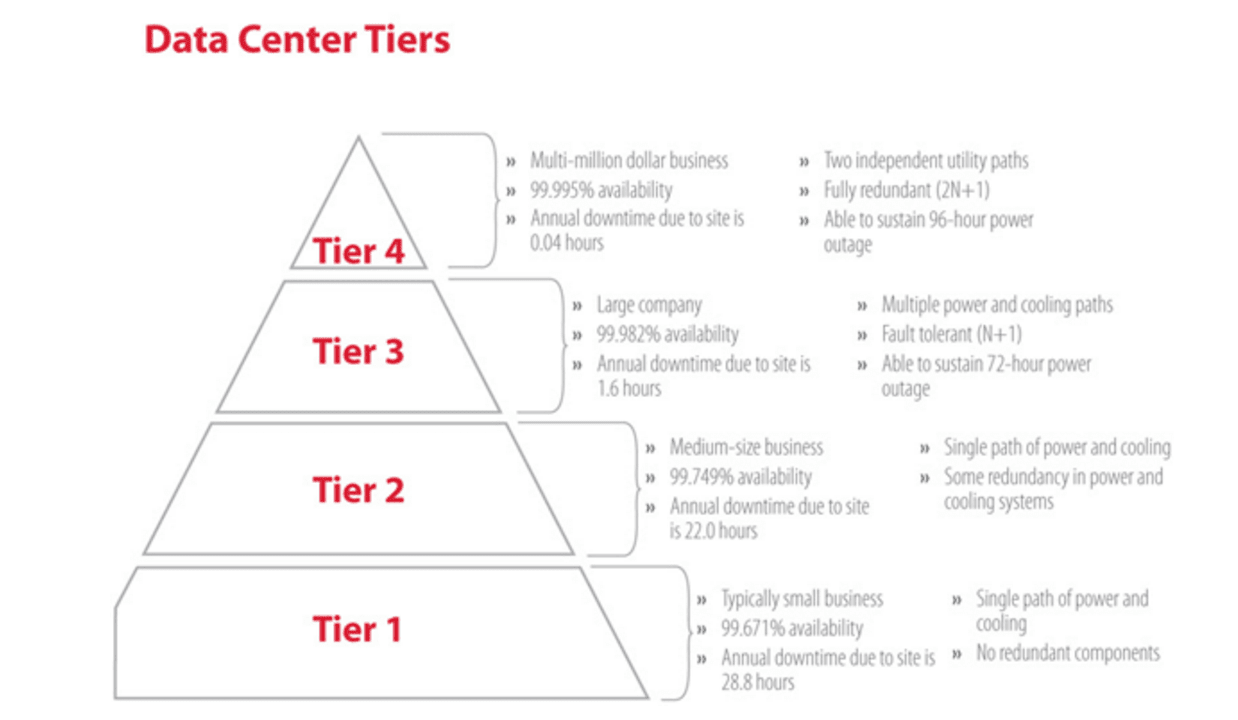Who Pays Redundancy Money? Understanding Company Responsibilities in the UK
Who Pays Redundancy Money? Understanding Company Responsibilities in the UK
Blog Article
Exploring the Operational Characteristics of Business Redundancy and Its Long-Term Sustainability

Redundancy Methods for Organization Continuity
In order to guarantee nonstop operations, businesses should apply effective redundancy techniques for company connection. Redundancy in this context refers to the duplication of important parts or features within a system to minimize the impact of prospective failings. By including redundancy techniques, companies can boost their resilience against interruptions brought on by various elements such as natural disasters, devices failures, or cyber-attacks.
One usual redundancy approach is the execution of backup systems and information storage space options. This entails producing matches of necessary information and systems that can be turned on in instance of a primary system failure. Furthermore, organizations can establish redundant communication channels and source of power to maintain connectivity and operations throughout unanticipated occasions.
Additionally, cross-training workers to execute numerous roles within the company can work as a valuable redundancy technique. If essential personnel are not available due to disease or other reasons, this ensures that vital tasks can still be carried out also. Generally, reliable redundancy strategies are essential for organizations to promote operational continuity and minimize the influence of prospective disruptions.
Influence of Redundancy on Business Durability
Given the critical function redundancy approaches play in making sure organization continuity, discovering the influence of redundancy on organizational durability ends up being essential for recognizing the all natural functional characteristics of a company. Redundancy, when purposefully applied, can considerably contribute to improving an organization's durability in the face of unanticipated challenges.
Furthermore, redundancy can boost employee morale and confidence, understanding that there are contingency plans in place to deal with unanticipated scenarios. This complacency can bring about enhanced productivity and a more positive workplace. Additionally, redundancy can cultivate innovation and creativity within an organization as workers feel empowered to take calculated threats, recognizing that there is a safety and security web to sustain them in situation of failing. On the whole, the influence of redundancy on business resilience is profound, shaping the long-lasting sustainability and success of a company.
Stabilizing Performance and Versatility in Redundancy
Accomplishing an unified equilibrium between functional performance and flexible flexibility is a critical obstacle in the calculated deployment of redundancy within organizations. Efficient procedures are crucial for preserving productivity and cost-effectiveness, making sure that resources are utilized efficiently. However, extreme emphasis on performance alone can result in strength, making it tough for organizations to adapt to unforeseen adjustments or difficulties. On the various other hand, flexibility permits organizations to react nimbly to developing conditions, promoting innovation and strength. Yet, way too much adaptability without a solid operational foundation can lead to inefficiencies and disparity.
To balance efficiency and versatility in redundancy planning, companies must meticulously evaluate their functional requirements, market characteristics, and tactical objectives. Eventually, locating the best balance in between performance and versatility is essential for constructing a durable and lasting company in the face of uncertainty.
Long-Term Sustainability Via Redundancy Preparation
To ensure enduring feasibility and security, companies should purposefully straighten their redundancy preparation with long-lasting sustainability goals, consequently harmonizing operational effectiveness with adaptive adaptability. Firms ought to see redundancy not as a reactive service to instant issues however as a positive method for long-term success.

Aggressive Actions for Sustainable Business Procedures
How can business proactively improve their operational sustainability for lasting success? Executing positive procedures is essential for business intending to ensure sustainable operations. One crucial technique is to purchase technology and development to enhance procedures, lower waste, and stay competitive out there. Taking on lasting practices such as minimizing energy usage, minimizing carbon footprint, and enhancing resource usage can not just profit the setting yet also bring about cost financial his explanation savings in the long run.
In addition, cultivating a society of continual improvement and knowing within the organization can enhance versatility to altering market conditions and customer needs. Motivating employee participation in decision-making processes and offering opportunities for professional growth can improve morale, productivity, and overall performance. Developing clear goals, monitoring vital performance indications, and routinely examining development are vital parts of positive sustainability monitoring.
Working together with suppliers, customers, and various other stakeholders to promote lasting practices throughout the supply chain can create a causal sequence of favorable influence - redundancy pay if company goes bust. By taking proactive actions towards operational sustainability, companies can build durability, drive technology, and protect their lasting success in an ever-evolving service landscape
Conclusion

In the realm of organizational administration, the tactical release of company redundancy stands as an essential yet complex practice that requires a delicate equilibrium in between functional efficiency and long-term feasibility. By dissecting the operational dynamics that underpin company redundancy and reviewing its more comprehensive ramifications for business strength and adaptability, a nuanced understanding of how redundancy approaches can shape the future trajectory of a firm begins to unfold.Given the vital duty redundancy techniques play in guaranteeing company continuity, checking out the effect of Resources redundancy on business strength becomes vital for comprehending the all natural functional characteristics of a business. Overall, the influence of redundancy on organizational durability is profound, forming the long-term sustainability and success of a check out here business.
In final thought, comprehending the functional dynamics of firm redundancy is important for ensuring lasting sustainability.
Report this page